
There are three types of botulism. Infant botulism is the most usual type and is caused by clostridium botulinum. Botulism spores develop in a baby\'s intestinal tract and it usually appears between the second and the sixth month after birth.
Food-borne botulism may appear after eating canned food or any kind of food that is stored with a small amount of oxygen. This bacteria develops in these types of surroundings and produces a harmful toxin. Wound botulism appears in the similar way, but on a wounded human body.
Botulism can be potentially fatal. This is why all forms of botulism are considered to be very dangerous and call for urgent medical help.
The toxin disrupts function of nerves and can cause paralysis.
Infant botulism has constipation, as the first sign. Also, there may be feeding problems, drooling, weak cries, irritation, drooping eyelids, floppy movements, and paralysis.
Food-borne botulism has somewhat similar symptoms, followed by nausea, vomiting and cramps in the abdomen. Heavy breathing and blurred vision are also possible.
These symptoms usually start to appear in a period of 12 to 36 hours, after toxin enters the body, in case of food-borne botulism. Infant botulism is also connected with food and it usually takes the same amount of time to develop. Wound botulism symptoms start about ten days after the infection.
Symptoms like fever, high blood pressure and heart rate, and confusion do not always have to appear, but are also possible.
Infant botulism appears after eating spores of the bacteria.
Their source can be honey, or contaminated soil. Food-borne botulism usually appears after using contaminated canned food that is low in acid, such as corn, green beans, beets or even fermented seafood. It is also known to appear in baked potatoes, chilly peppers and garlic infused with oil. In wound botulism, the botulinum bacteria enters a wound, starts multiplying and producing toxins. There is a large number of cases of botulism among people that use heroin, because it may contain the spores.
Botulinum toxin has paralyzing effects and it may be used for some purposes, if used in small amounts like in Myobloc and Botox treatments.
The most direct danger of the botulinum toxin is the danger of suffocation, due to its effect on muscles. Shortness of breath is a milder form of this complication. Difficult swallowing and speaking may also occur.
Food-borne botulism may be treated by inducing vomiting in order to clear the digestive system.Wound botulism may require surgical removal of the infected tissue.
Antitoxins can be used in early diagnosed food-borne or wound botulism by intercepting the toxin in the bloodstream and stopping it from harming the nerves. To prevent botulism, home canning can be performed, which requires pressure cooking food at 250 F for at least 30 minutes.
The food should also be boiled for ten minutes before serving.
Preserved food from bulging containers should not be eaten, as well as food that smells strange. Raw food should be kept in a refrigerator before cooking. This also applies to oils infused with garlic or herbs. Honey is not to be given to babies under one year of age.
The use of street drugs can also cause botulism.



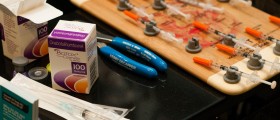




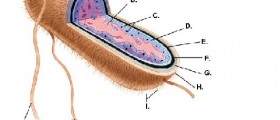



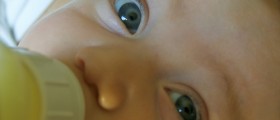

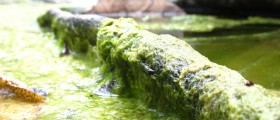
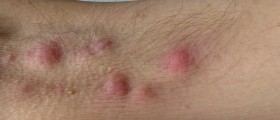

Your thoughts on this
Loading...